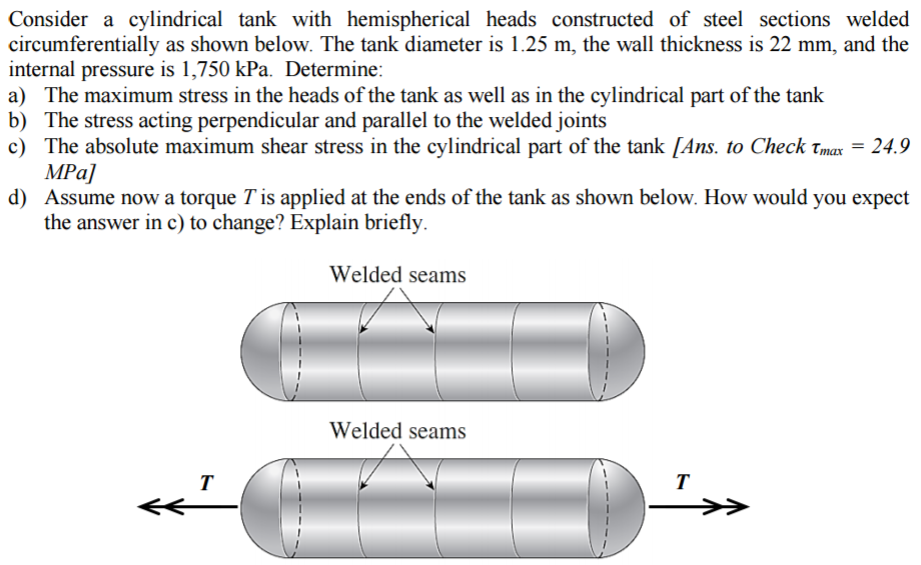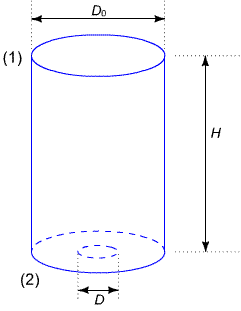



Ratio, while dual cylinders in a tandem configuration obtain a smaller dragĬoefficient and oscillating lift coefficient. Take the densities of water, oil, and mercury to be 1000 kg/m3, 850 kg/m3, and 13600 kg/m3, respectively. Determine the gage pressure of air in the tank if h1 0.2 m, h2 0.3 m, and h3 0.46 m. Greatly enhanced when two cylinders are placed side-by-side at a small gap The water in a tank is pressurized by air, and the pressure is measured by a multi-fluid manometer as shown in figure. The sloshing of liquid in simple cylindrical tanks has. In specific, compared to the single-cylinder case, the drag coefficient is mum water surface displacements for any prescribed earthquake, particularly hov1 far it may drop. The interference between the multiple structures with different configurations. Of an oscillating cylinder pair in the still water is greatly altered due to The experiment result shows that the hydrodynamic performance Therefore, we experimentally and numerically studied two identicalĬircular cylinders oscillating in the still water with either a side-by-side orĪ tandem configuration for a wide range of Keulegan-Carpenter number and Stokes However, compared to the problem of a cylinder in the uniformįlow, a cylinder in the oscillatory flow is less studied, let alone multipleĬylinders. In the marine industry, such as pump towers experiencing sloshing load in a LNG Download a PDF of the paper titled Fluid forces and vortex patterns of an oscillating cylinder pair in still water with both side-by-side and tandem configurations, by Ang Li and Shengmin Shi and Dixia Fan Download PDF Abstract: Models of cylinders in the oscillatory flow can be found virtually everywhere


 0 kommentar(er)
0 kommentar(er)
